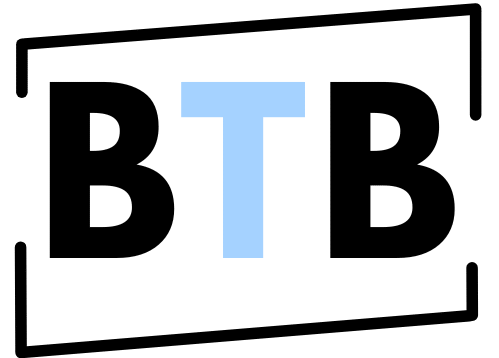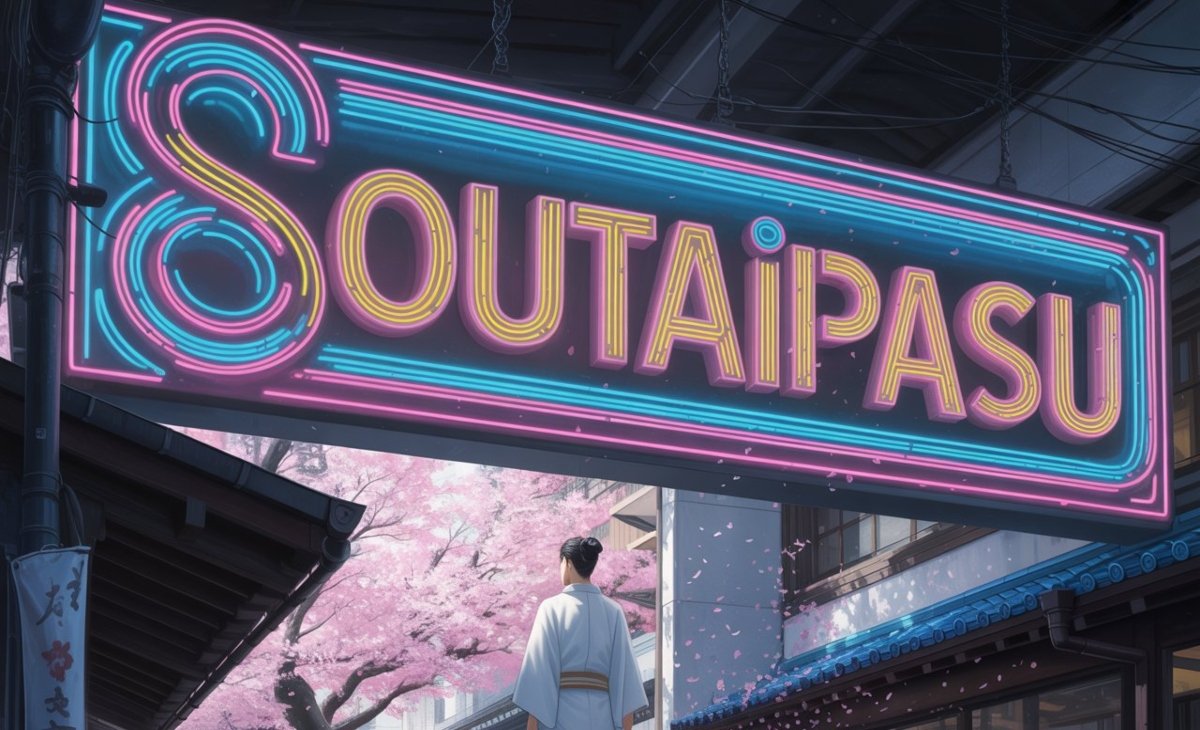Soutaipasu (相対パス)—at a glance, it’s a technical term from the world of programming, but beneath the code lies something richer. For many Japanese digital natives, soutaipasu means more than a simple file path. It’s a term that now carries the weight of emotional nuance, relational understanding, and even philosophical introspection.
Rooted in computing, yes. But somewhere along the way, soutaipasu escaped the rigid structure of directories and began appearing in anime storylines, fanfiction tags, and Twitter captions. What began as a tool for developers has transformed into a metaphor for life, connection, and the subtle way our paths shift depending on where we stand.
To understand soutaipasu in its fullness, you have to see it not just as a line of code—but as a reflection of Japan’s deep appreciation for context, impermanence, and relational truth.
Where Soutaipasu Begins: The Programmer’s Perspective
In the world of code, It is refers to a “relative path.” It’s the way a file is located in relation to the current directory you’re working in. Instead of mapping an exact, fixed route to a file—what we’d call an absolute path (zettaipasu)—a relative path is flexible. It says, “Start from here, then go over there.”
That subtle distinction changes everything. Soutaipasu isn’t locked to a system root. It responds to its environment. It adapts. Developers favor it for precisely that reason—projects move, files shift, and soutaipasu keeps everything functional without hard-coded dependency.
Students in Japan often encounter the concept early in digital learning. Coding tutorials from platforms like Qiita and Niconico gently guide them through HTML file trees and shell scripting, teaching that soutaipasu is the foundation of scalable and collaborative projects.
But the beauty of soutaipasu isn’t just its practicality—it’s how easily the idea of a “relative path” lends itself to deeper meaning.
A Term That Left the Terminal: Soutaipasu as Metaphor
Over time, soutaipasu began to appear in places far outside the scope of software engineering. On Pixiv, creators use it to tag alternate-universe art. On Archive of Our Own, writers explore “soutaipasu routes”—fanfiction arcs where characters diverge from canon timelines. In anime circles, the term pops up to describe narratives that twist and turn depending on one character’s influence on another.
In each case, the core concept of soutaipasu remains intact: direction defined by context.
These metaphorical uses grew because the idea resonates. We all navigate our lives relative to our circumstances. A decision made in isolation seems simple; placed within the framework of relationships, responsibilities, or memories, it becomes complex. It is gives language to that experience. It says: “This path only makes sense from here.”
Digital Storytelling and Emotional Architecture
Anime and manga have long excelled at layering emotion into structure. In stories like Your Name (君の名は) or Steins;Gate, soutaipasu-like paths weave between timelines, identities, and choices. Characters drift apart, come back, re-route. Their destinations shift depending on perspective.
In that way, soutaipasu becomes a narrative mechanism—one where “truth” or “endings” are not fixed, but contextual. A relationship that doesn’t work in one setting might flourish in another. An action justified in one timeline might cause tragedy in another. Fans who write and draw in these universes use soutaipasu to signify that ambiguity. It’s not about absolutes; it’s about potential.
Doujin circles and fan communities have fully embraced this logic. A side-story manga that veers off the main narrative thread is often called a soutaipasu work—not because it ignores the source material, but because it walks alongside it, offering another way to see the same characters through a different lens.
Soutaipasu and the Relational Self
Japanese culture has always placed value on harmony, context, and nuance. Language itself changes depending on who you speak to, how old they are, and where you’re situated in society. In that sense, It isn’t just a metaphor—it’s a mirror.
Just as a file’s location depends on where you stand in the directory, a person’s identity in Japan is often described in relational terms. You are a senpai, a kouhai, a mother, a student—not in isolation, but always in relation to another. It is captures that beautifully.
Philosophically, the concept aligns with Buddhist principles like engi (縁起)—dependent origination. Nothing stands alone. Every path, every decision, every moment is relative to something else. Its becomes more than a functional idea. It becomes a worldview.
From Digital Classrooms to Digital Consciousness
Modern education in Japan has begun to reflect this dual nature of soutaipasu. While coding bootcamps and computer science classes continue teaching its technical use, humanities departments have adopted it in unexpected ways.
In ethics discussions, students might debate whether decisions can ever be absolute—or whether morality, too, follows a soutaipasu logic. In communication courses, Its becomes a lens to analyze tweets, memes, or digital personas: Who are you, and how does that depend on where you’re standing?
Even in art classes, the term appears in critiques. A painting might be described as taking a approach—meaning it sidesteps traditional framing to offer something new based on context or subjectivity.
This blending of logic and metaphor is uniquely suited to the digital native generations growing up in Japan. For them, soutaipasu is no longer just about directories—it’s about directions.
Navigating the Internet Ethically: Soutaipasu as a Compass
The internet can be a brutal space. Opinions are absolute, judgments are instant, and nuance is often lost. But suggests a different approach.
Rather than framing an action as right or wrong, soutaipasu invites users to ask: “Right or wrong from where?” It acknowledges digital communication as inherently relational. The way a message lands depends on timing, tone, audience—and this doesn’t excuse harm, but it does explain complexity.
This is why media literacy programs in Japanese universities now teach soutaipasu as part of digital ethics. A post might feel benign to one group and triggering to another. A source might be credible in one context but dubious in another. Understanding your relative position helps foster better decisions, conversations, and communities online.
Why Soutaipasu Resonates with Japan’s Creative Youth
Perhaps the deepest reason soutaipasu has flourished is emotional. It gives young people—especially those immersed in creative subcultures—a vocabulary for complexity. It captures the ache of ambiguous relationships, the excitement of unexplored paths, the longing for alternate endings.
In a world that often demands definitive choices, soutaipasu allows for exploration. A kind of gentle rebellion against binaries. You don’t have to follow the absolute path. You can make your own—one that makes sense to you, from where you are.
Conclusion: Soutaipasu as a Lens for Living
Once upon a time, soutaipasu was just a file system tool—helpful, yes, but hardly poetic. Yet today, it stands as one of the most quietly profound linguistic evolutions in digital culture. And for the rest of us navigating a world of constant change, it offers a comforting reminder: the shortest path isn’t always the best one—it’s the one that makes sense from where you are.
So next time you come across the term soutaipasu, don’t just think of code.
FAQs About Soutaipasu
What is the literal meaning of soutaipasu?
Soutaipasu (相対パス) means “relative path” in Japanese. It’s used in computing to describe the location of a file in relation to the current directory.
How has soutaipasu taken on symbolic meaning?
In digital culture, soutaipasu now refers metaphorically to emotional relationships, alternate timelines, and non-linear storytelling. It represents paths defined by context, not absolutes.
Where is soutaipasu used outside of coding?
You’ll find it on fanfiction platforms like AO3, art-sharing sites like Pixiv, and in anime discourse—especially when discussing alternate realities or ambiguous character arcs.
Why is soutaipasu meaningful to young creatives?
It gives them a way to explore emotional and narrative flexibility, letting them express the nuance and subjectivity of life without rigid categories.
Can soutaipasu teach us something about ethics?
Yes. In digital spaces, soutaipasu reminds us to consider how our messages and actions affect others based on where they stand. It’s a model for context-aware communication.


